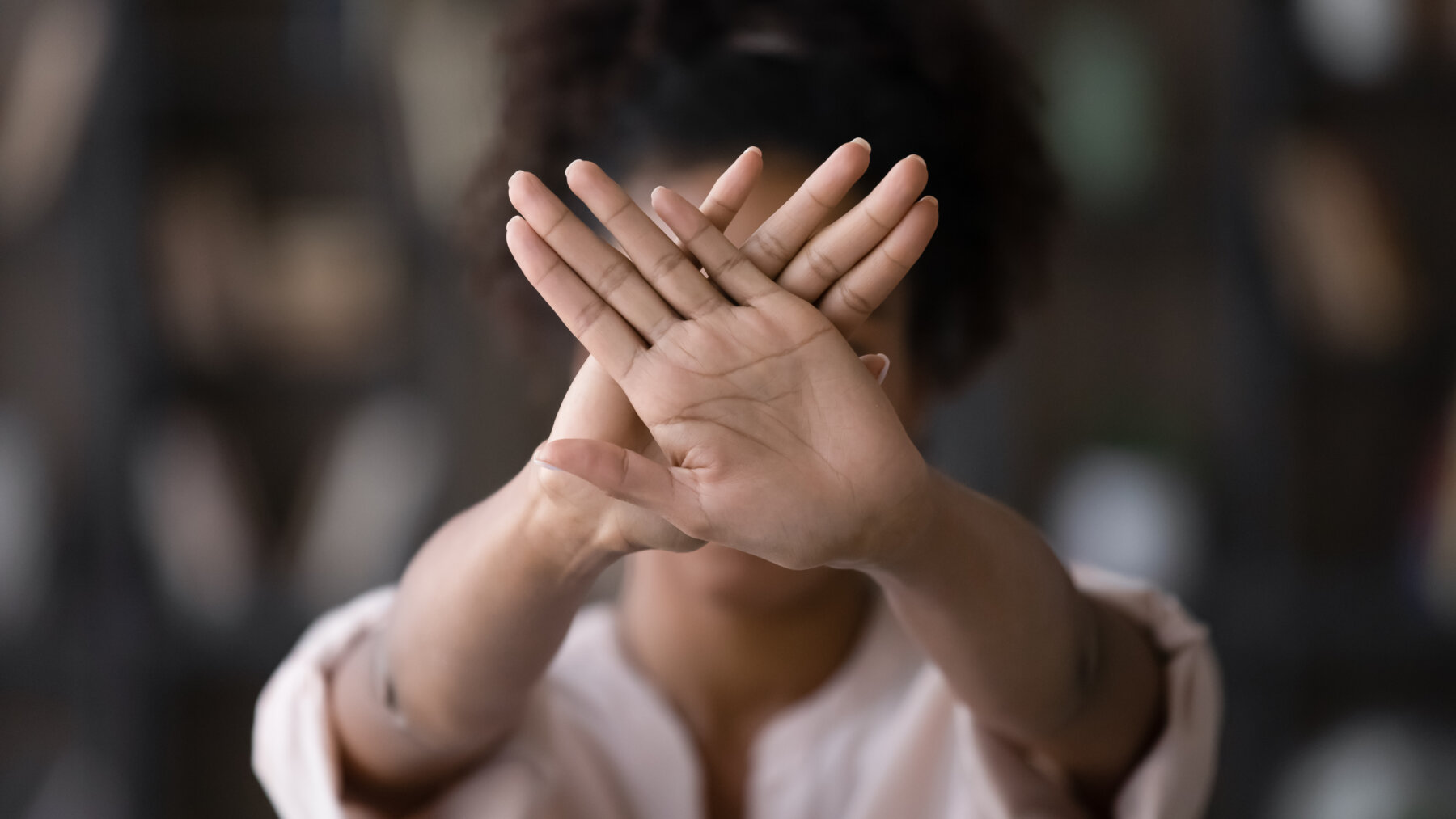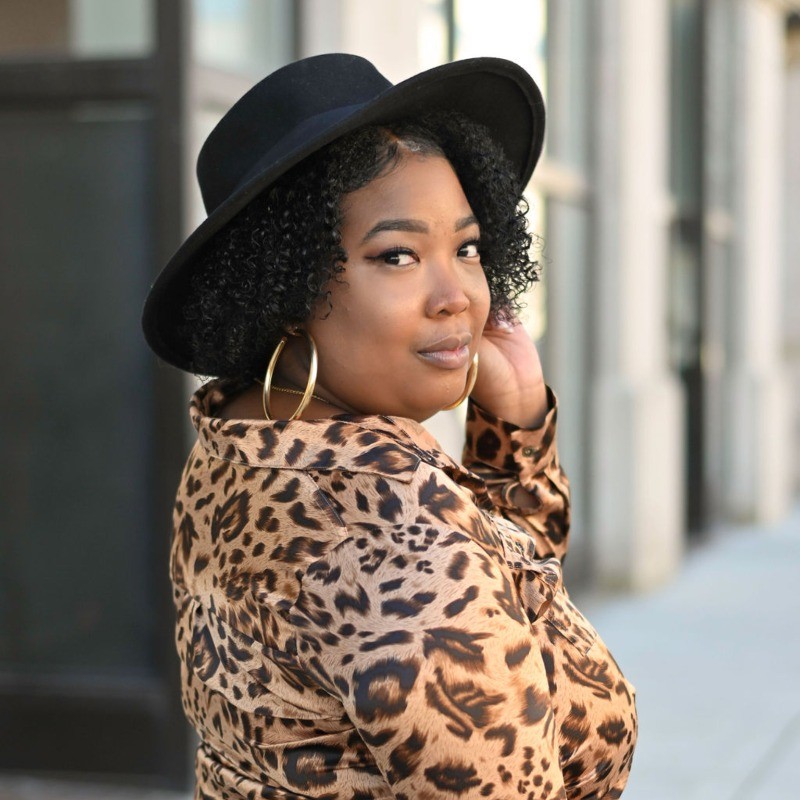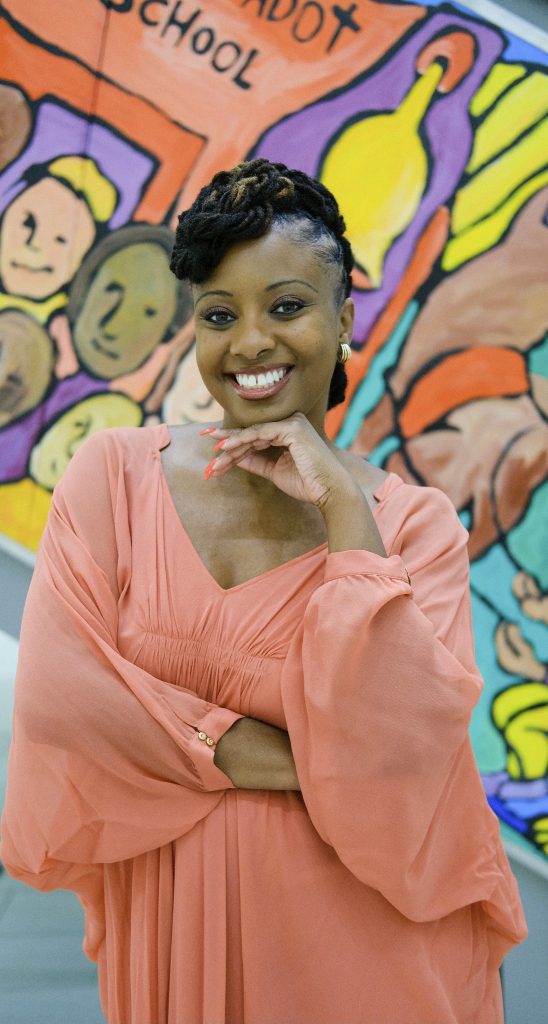
An African proverb states, “Until the lions tell the story, the hunter will always be the hero.”
It’s a contemporary reminder about the media’s power to shape how the world views marginalized communities. A lack of understanding of diverse cultures, coupled with an inability to recognize harmful stereotypes and racist tropes, can result in news coverage that disproportionately harms communities of color.
It’s a harm that Black people are acutely aware of. According to a 2023 Pew Research Center survey, nearly two-thirds of Black adults say news about Black people is often more negative than news about other racial groups. When asked what journalists could do to improve coverage of Black people, 73% of survey respondents said it was important for journalists to understand the history of the issues in the story.
Stereotypes about Black women, for example, have deep roots. In the 1980s, the trope of the “crack whore” often appeared in local and national news cycles. Constant media depictions of Black drug-addicted mothers helped to usher in a wave of mass incarceration among Black women, according to “The New Jim Crow” author Michelle Alexander, only further perpetuating the myth that Black women are criminals and subhuman.



Other more pervasive stereotypes in the media include the “angry Black woman,” the “jezebel,” the “mammy” and, although slightly harder to recognize but equally as harmful, the “labor mule.”
I spoke to journalists Dara Mathis and DeMicia Inman and Ohio State University gender studies professor Treva B. Lindsey about some of the more prominent stereotypes about Black women in the media, the harm they cause and how journalists can avoid perpetuating them. The unanimous consensus: The best way for journalists to prevent falling into stereotypes is to deepen their understanding of each trope, develop a keen sense of the harm it causes and understand that learning this is their responsibility as journalists.
Angry Black woman
The angry Black woman trope characterizes Black women as aggressive, masculine, confrontational, hostile and unable to regulate their emotions. This stereotype dehumanizes Black women, invalidates their righteous indignation and helps to justify more brutal treatment.
According to Deborah Gray White, author of “Ar’n’t I a Woman?: Female Slaves in the Plantation South,” the angry Black woman image dates back to chattel slavery in the U.S. White explained that identifying Black enslaved women as angry and more masculine provided a rationale for enslavers to further subjugate Black women by enforcing extensive field labor — even when the enslaved woman had just given birth.
The seeds of this trope were planted during slavery, but the tree still bears fruit. During her 27 years in professional tennis, Serena Williams was often depicted in the news as angry and unable to regulate her emotions during intense games, even though her responses to disappointing referee decisions often mirrored those of white male competitors. This double standard reached its peak in 2018, when an Australian cartoonist illustrated Williams as an oversized caricature jumping on a shattered tennis racket.
“Anger is a genuine emotional response, and the notion that we are always mad dismisses the validity of rightly placed feelings as reactionary or unnecessary,” said Inman, a staff writer at Vibe. “Black women are allowed to be angry, and often, to avoid being labeled as a stereotype, we are reluctantly forced to take the high road in situations where we or those we care about have been wronged for the sake of saving face.”
Aware of the implications of this trope, Black women journalists say they often find it tricky to report on other Black women’s anger. It’s a “minefield,” said Mathis, “both because of the profession’s call for objectivity and the pull not to come across as an ‘angry Black woman.’ This trope stifles anger when called for and replaces it with muted euphemistic tones. At the same time, it paints Black women with a broad brush — every critical emotion is not anger.”
To push through these obstacles in her reporting, Mathis said she draws on history and data and speaks to Black people about their experiences to depict them “in their fullness.”
Jezebel
Much like the angry Black woman trope, the jezebel is also rooted in slavery. By depicting Black women as having an insatiable appetite for sex, the stereotype was used to rationalize sexual violence committed against Black enslaved women at the hands of enslavers.
The “jezebel” trope is especially harmful to Black women who are survivors of domestic and sexual violence, as it is often used as a form of justification for the harmful behavior they endure. Inman said this trope was on full display during the news cycle around Canadian singer and rapper Torey Lanez’s conviction for shooting Megan Thee Stallion.
“Fans of the Canadian singer focused on the sexual nature of [Megan’s] music, sometimes revealing outfits and at the time fun-girl personality as portrayed through social media clips of her dancing and partying to place the blame on her actions,” she said. These ideas were also perpetuated by podcasters and bloggers in hip-hop media.
Perpetuating the dangerous narrative of “she wanted it” has larger cultural consequences: It stops survivors from coming forward and increases an already sizable racial disparity in sexual assault cases. According to a 2021 study in the Journal of Women’s Health, Black women are at greater risk of sexual victimization compared to white women, and for every Black woman that officially reports her rape, there are approximately 15 who do not.
Mammy
A “mammy” often invokes an image of a Black woman as a maid. More generally, the trope plays out as an older Black woman who is a submissive and obedient caregiver and a model for submitting to white authority.
“The ‘mammy’ stereotype depicts Black women as always taking care of everyone, which people tend to think of as a compliment, but it’s not,” said Lindsey, author of “America, Goddam: Violence, Black Women, and the Struggle for Justice.” “This detaches Black women from their humanity. It’s the idea that as Black women, we must be all-knowing and constantly caring for everyone.”
It also strips Black women of their intellectual authority. For example, on her talk show in April, Drew Barrymore told then-Vice President Kamala Harris, “We need you to be ‘Momala’ of the country.” Interviewers should question if they would ask President Donald Trump, former President Joe Biden or any prior president to be America’s “Daddy” and caretaker.
Labor mule
The “labor mule” is the belief that Black women are capable of and should perform an abhorrent amount of labor to serve a greater good, or as author Zora Neale Hurston said, “Black women are the mules of the Earth.”
This sentiment is often present in news coverage about Black women “saving” America by leading the grassroots effort to organize and mobilize communities politically. For example, Stacey Abrams and the coalition of Black women-run organizations in Georgia that got people out to vote in 2020 were championed for flipping the state blue. While on the surface, such coverage seems to honor Black women, journalists should also consider why Black women are the ones performing this labor and whether other demographics contribute the same effort in the fight for democracy.
How journalists can fight against prevailing stereotypes of Black women
The prevailing thread among all these stereotypes is the dehumanization of Black women by whittling them down to tropes. The lack of general news coverage about harm committed against Black women — including the minimization of missing, murdered and assaulted Black women — are all forms of dehumanization.
“The lack of news coverage when a Black woman is sexually assaulted tells us that our lives mean less,” said Lindsey. “The lack of mobilization that occurs when we [Black women] are harmed speaks to this.”
Choosing to report on stories about the harm done to Black women is a way to mitigate damage and speak to our humanity. Information has the power to bring transformation.
“If you know better, do better,” said Inman. “I would encourage journalists to read and research to recognize these tropes better and develop the ability to engage with them nuancedly, including adding historical context, firm facts and lived experience. ”



